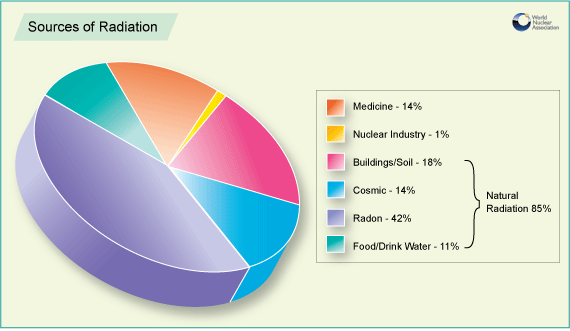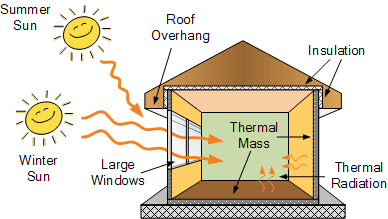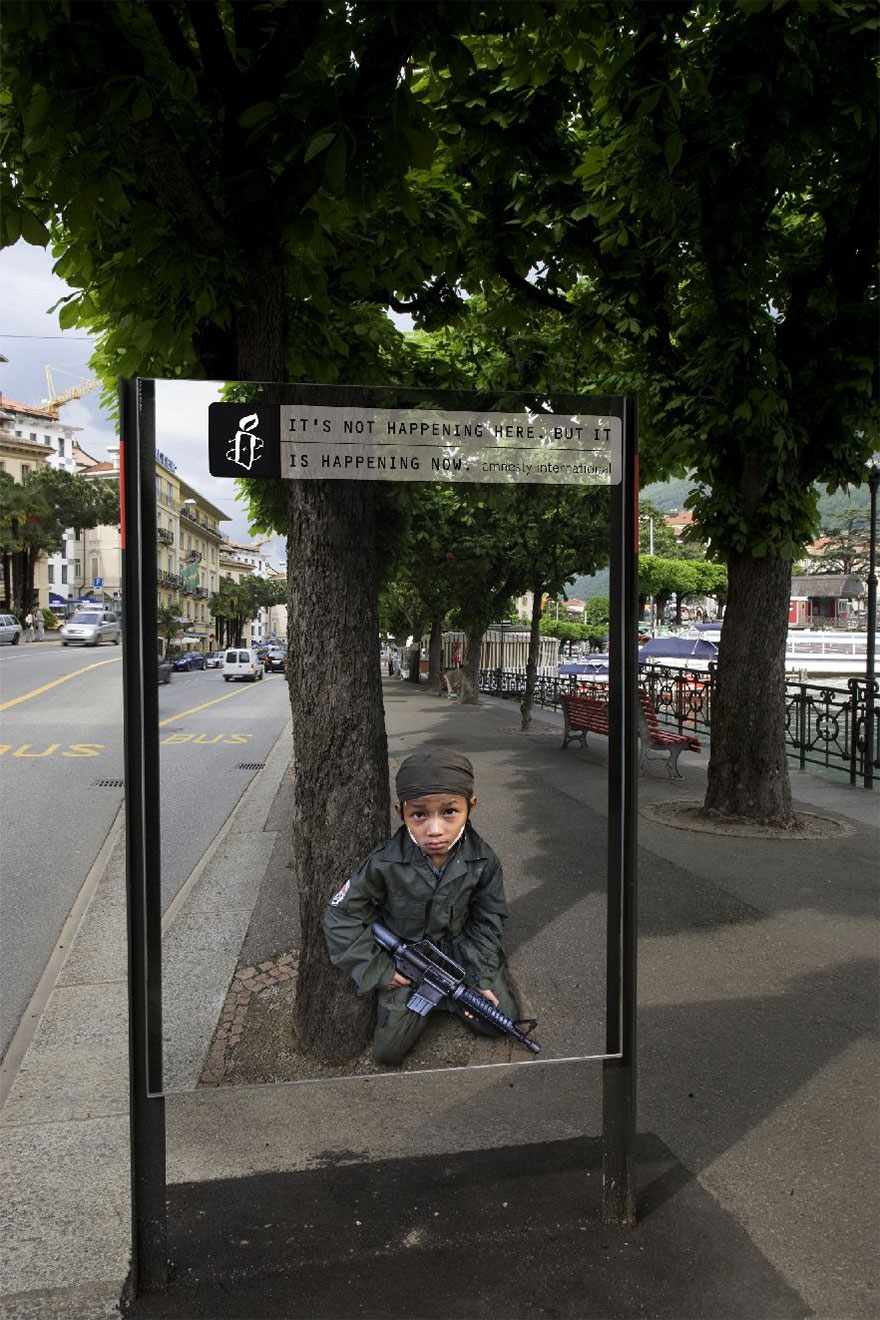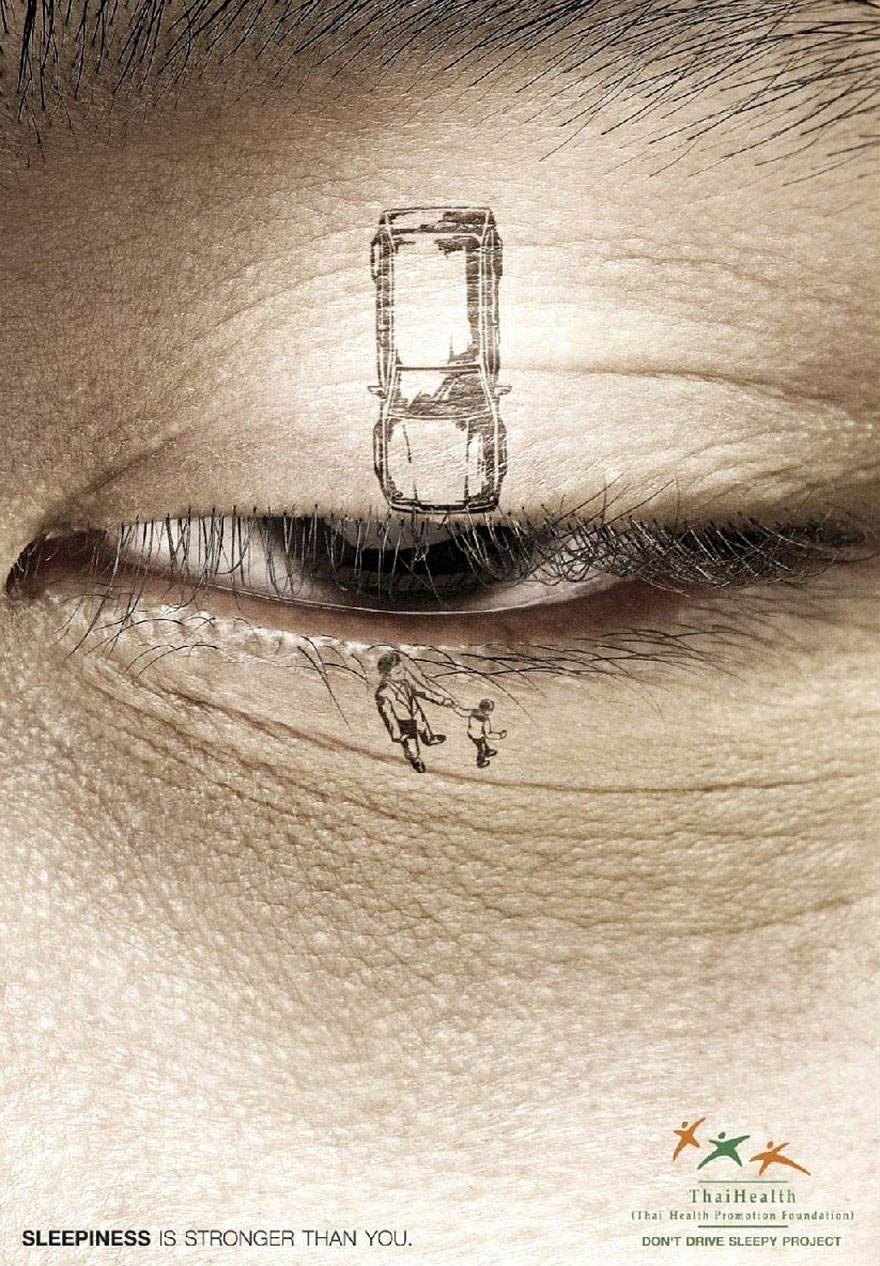Today, we’re going to be talking about the revolutionary idea by Scott and Julie Bursaw of Solar Roadways. Solar Roadways is the idea of replacing the pavement and asphalt on all roadways in America with solar panels. The idea is that these solar panels could generate electricity, digitally draw traffic lines, and be easily replaceable. The idea started when Julia recommended to Scott that we should replace all roads in America with solar panels. At first, Scott thought the idea was ludicrous, but after much thought and careful planning, the idea has gained a sense of reality.
Solar Roadways is a startup company that is based in Sandpoint, Idaho. Scott Bursaw is the lead engineer on the project, having earned his master’s degree in electrical engineering. Solar Roadways first gained its insane amount of hype when they started an Indiegogo crowdfunding campaign. Their goal of $1 million was reached and exceeded to the point of $2.2 million at the deadline for the project funding. This has become the #1 most lucrative Indiegogo campaign of all time.
The prototype has already been built for Solar Roadways, and it is currently in the second stage of production. In the first stage of production, Solar Roadways focused on perfecting the LED system to be implanted within the panels. These LEDs will be used to make designs collectively on roadways, easily being programmed to “paint” and “re-paint” road lines. Since the panels are pressure sensitive, the LEDs can warn a driver if there is an animal or pedestrian ahead on the road and urge them to slow down. Additionally, LEDs in the road would make nighttime driving much safer.
The second revolutionary feature of the Solar Roadways are heated roads. The purpose of heated roads would be to easily and cheaply remove any and all snow from the roadways during the winter. The panels would do so using the same technology that a rear window defrosting unit uses, simply running electric currents through the glass to heat it. This would save the millions that are usually spent on snow removal and the money lost in accidents caused by unsafe roadways.

Panels testing their snow melting ability
After doing some research, Solar Roadways concluded that glass indeed would be a suitable material for roadways. Specific types of glass actually have a hardness that is rated between steel and stainless steel. After running calculations, they determined that the glass that they would plan to use in the roadways is hard enough to sustain an 18-wheeler flipping and smashing onto the road.
At first, a troubling thought was that vehicles would not be able to get enough traction on the glass, so Scott redesigned the glass with hexagonal structures with groves that surpassed the requirements of all traction tests that they ran. They drove a tractor over the sample parking lot they made with the panels, and it found no trouble at all in this endeavor.

As for the structural support of the panels, Solar Roadways have found that they could actually use recycled materials combined with organic materials to produce a viable structural integrity in their panels. This would greatly reduce the amount of recyclable waste that is found throughout the world.
The impact of this idea would be immense. First off, the production and implementation of the panels alone would create millions of jobs. Once the panels are put in place, little to no maintenance work would have to be performed at all. One major upside to these panels is that the problem of potholes in roads would be completely eliminated, as you can’t get potholes in glass. If a panel does happen to break or begin malfunctioning, the surrounding panels are actually programmed to automatically recognize this and send a repair crew immediately. Millions of dollars are wasted and lost in potential revenue every year because vehicles are stuck in traffic due to construction. With the modular design of Solar Roadways, a construction crew would be able to get to the site and replace the panel and be gone within eight minutes, which would almost entirely eliminate traffic jams due to construction and repair.
With the implementation of Solar Roadways, there comes potential for countless possibilities. If all of the roads in the United States were covered in these solar panels, the US would actually generate three times as much energy as it uses. This extra energy could be turned into the form of revenue for the US. With the cheap cost of energy, due to its great abundance, electric cars could actually become an economic possibility. Solar Roadways has even proposed that there is potential for technology within Solar Roadways that could charge a car as it’s driving, which would immensely increase the range of an electric car, which is currently the largest drawback associated with electric vehicles. With this concept, we could nearly eliminate the necessity for fossil fuels and save our planet. Additionally, we could stop using petroleum based asphalt and pavement.
With the implementation of Solar Roadways, all internet and power lines could be put underground instead of being in unattractive looking telephone pools. Not only would this improve the view outside, but power and internet lines would no longer be damaged during storms. If all of the internet lines were replaced by optical fiber, internet connections would become exponentially faster with zero data interference.
Solar Roadways is an idea of the future. With their implementation, we would see a revolution in the world that we live in today and our standard of living could continue to rise. The United States would become a beacon of the future.
My biggest concern is: how long will it be until hackers program giant penis designs onto the road?
To learn more about Solar Roadways, visit their website. They have an abundance of information to entertain the curious mind.


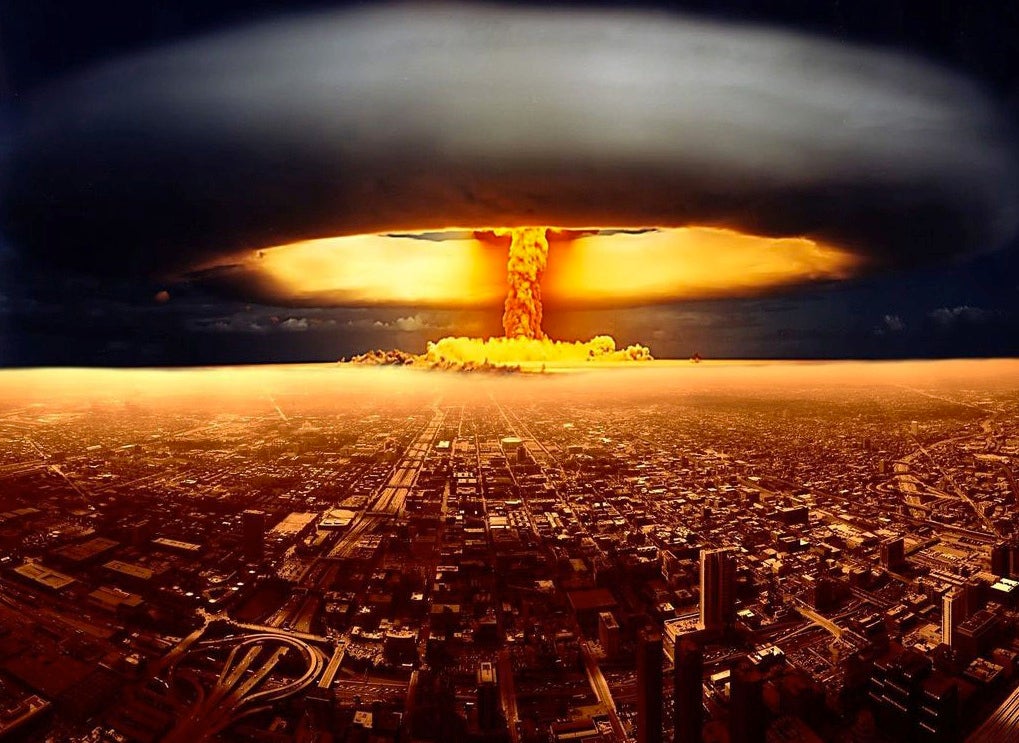



.png)
